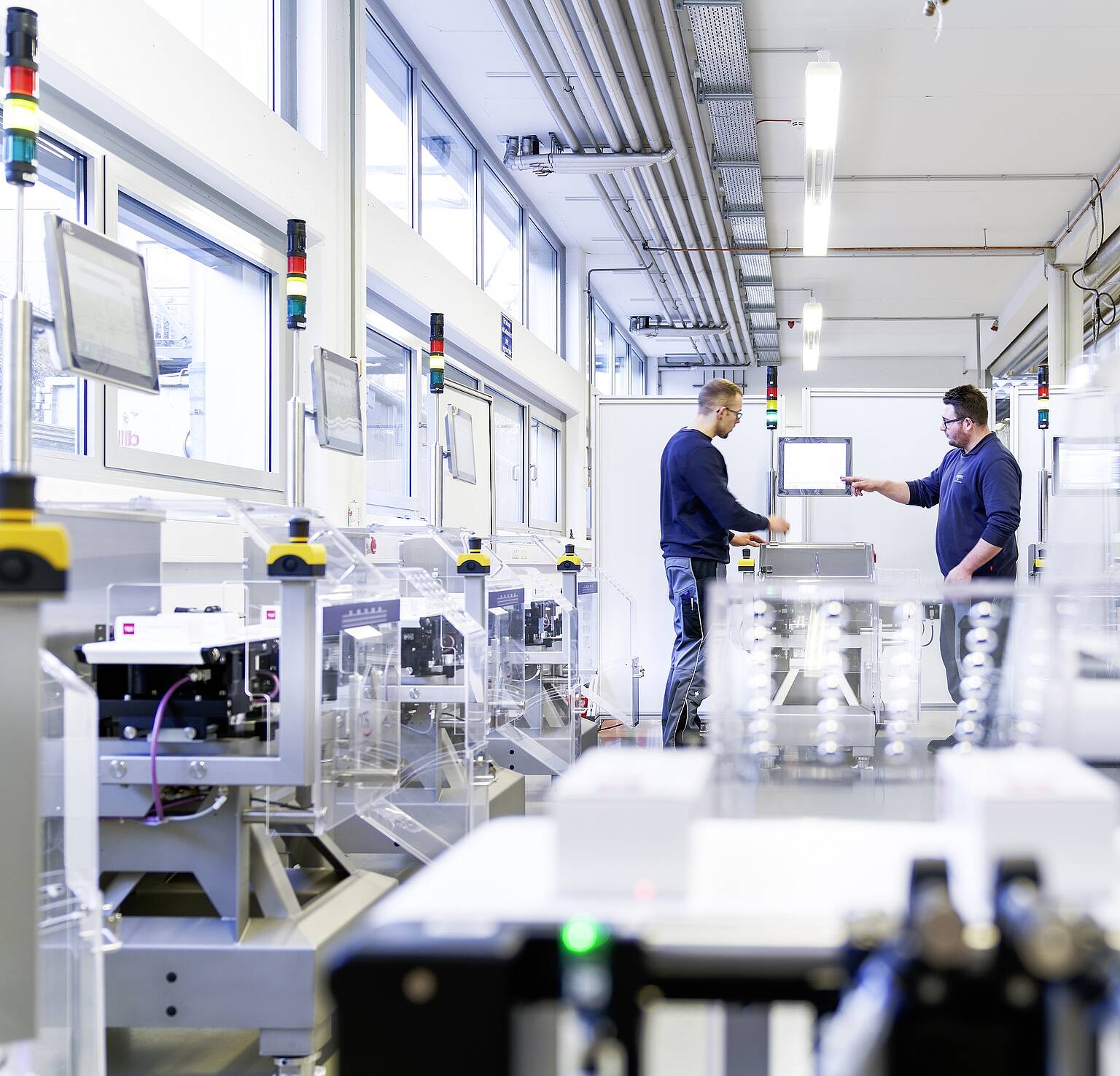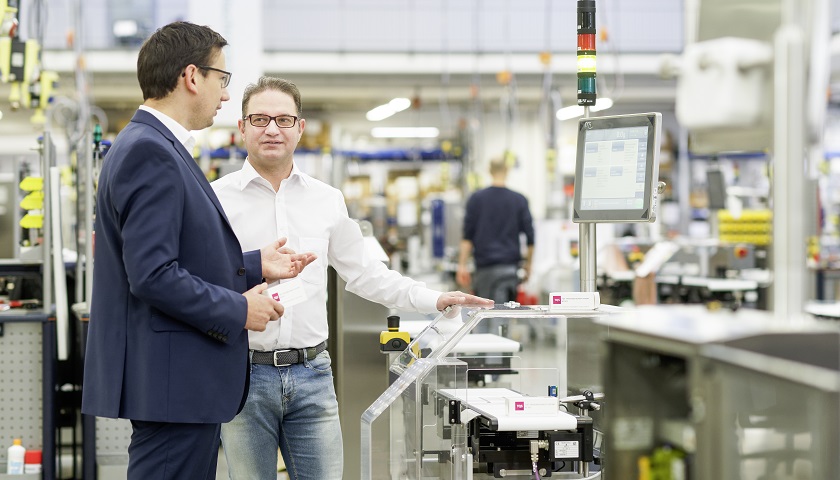Manage to Measure or Measure to Manage
Why use a Checkweigher?
So when we think of ‘Measure’, the likes of ‘Tape’ or ‘Drink’ may spring to mind! But if we extend this way of thinking and apply it to a packaging production line, we can get a closer look into a process or system, which can identify the real performance of a line. It would be foolish to think that in today’s world, production lines are not already monitored or measured for their efficiency on throughput and giveaway, but how can we stretch this ‘Measure’ process even further?
As obvious as this may sound, if you are producing a finished packaged product - whether it is small or large, monitoring the filled packaged product can reveal a true picture of what is happening on the line, right? So, reducing giveaway is mainly or always one of the aims or challenges. In some cases this is done with a checkweigher, where in other cases, it is done by taking samples off a line at intervals to check the packaged product weight.
So why use a checkweigher? Simple answer; to check the weight of a product! So if it is that obvious, why is one not always used? Maybe it’s because of the cost of investing in a checkweigher. Maybe it’s because there is already a weighing system on the filler and only sample test weighing is done to monitor the filler. Or maybe the true value of checkweighing is a bit of a mystery!
When you monitor the fill level of packaged products at several stages in a line with a checkweigher, it will give a full picture of what is happening on the line, both in terms of productivity and giveaway, as the checkweigher weighs 100% of what is passed through it. The filling process can be adjusted to fine-tune the fill level, thus maximising productivity and reducing giveaway. As it is said, ‘take care of the pennies and the pounds will take care of themselves’!
So to conclude; a checkweigher is measuring what is happening on a production line. So by doing this, is it ‘Measuring to Manage or Managing to Measure’?
Accuracy & Possibility?
When a product is put on a scale, whether is on a static scale or dynamic scale (in motion), it is reasonable to expect that the weighing instrument is accurate. But what is Accuracy, or why should it matter? This is where there is mystery or misinterpretation, along with what’s not always known about the level of Possibilities, which are part of dynamic weighing, as in the case of a checkweigher.
Accuracy and Possibility can be broken down into a few segments. Without getting too technical, some of the more known terms associated with them, are the likes of ‘Calibration’, ‘Standard Deviation’, ‘Zone of Indecision’ and ‘Repeatability’ – see short definitions below. But why should any or all of these terms be understood or considered? And how do they affect a weighing result?
Sometimes when I speak to checkweigher users, they say that their checkweigher is accurate and when I ask ‘how accurate is it’, often times they say ‘it rejects when it’s over or under the set weight limits’. This is where Accuracy and Possibility are often misunderstood.
– Marcus McCarthy, Sales Manager Ireland
First, we should look at the weighing part of the checkweigher, the weigh cell. What kind of weigh cells are used in checkweighers? There are two types mainly used by checkweigher manufacturers, Strain Gauge and EMFR (Electro Magnetic Force Restoration). So what’s the difference? In simple terms, a Strain Gauge weigh cell operates with slower response times (settling time), which contribute to a lower accuracy, higher zone of Indecision and lower level of repeatability, but can work well for slow throughput applications, compared to an EMFR weigh cell. EMFR weigh cell operates with much faster response times (settling time), which contribute to a high accuracy, low Zone of Indecision and high level of repeatability, which work well for slow and high throughput applications, compared to a Strain Gauge weigh cell.
So then, let’s look a little closer at Possibilities. The environment where a checkweigher is located and the line speed or product throughput, will play a big part in this aspect. Combine this with the product characteristics, as in stability and it has an impact, good and bad, on the final weighing result. If the product handling or transfer is done well, the product is stable, the speed is slow and the environment where the checkweigher is located is stable, then this is the ideal situation for a checkweigher to perform well.
Again to conclude this part; using a checkweigher is measuring what is happening on a production line. So by doing this, is it ‘Measuring to Manage or Managing to Measure’?
- Calibration – is the comparison of measurement values delivered by a device under test with those of a calibration standard of known accuracy.
- Standard Deviation – is a measure that is used to quantify the amount of variation or dispersion of a set of data values.
- Zone of Indecision – is the variability, or uncertainty of the checkweigher.
- Repeatability – is the ability of a checkweigher to show the same result over and over using the same test item.
Is there Payback Potential?
So we have looked at the points that a checkweigher can measure what is happening on a line. There is a possibility that this could be an accurate process of weight measurement, but how can it add more to the overall effective production process and generate actual payback on its investment?
If you have not got a checkweigher and maybe there’s uncertainty of what it will add to the production process, or you are unsure of how it can make a return on the investment, then this is where you should consider these questions below. Some of the questions could also apply when a new checkweigher is required, either for a new project or to replace an existing checkweigher.
Questions:
- Is the product flat, stable, with good transfer from one conveyor to another?
- Is the environment where a checkweigher is to be located – stable?
- Would you like to reduce giveaway?
- Can the filling of the product be adjusted?
Author: Marcus McCarthy, Sales Manager Ireland
If ‘Yes’ was the answer to all of the above questions, then a checkweigher can surely add to your production process efficiency. The next question is ‘by how much?’ Well, so, the checkweigher can ‘measure’ to ‘manage’ or is it a case of the checkweigher will ‘manage’ to ‘measure’? Ok, when using a high accuracy checkweigher for this type of example, it will have more capabilities to ‘measure’ to ‘manage’ over ‘manage’ to ‘measure’.
So should you choose a checkweigher with a weigh cell with the best accuracy and possibilities for weighing? To allow it to ‘measure’ to ‘manage’ versus ‘manage’ to ‘measure’? It seems obvious, but as most production lines package produce in high volume, the numbers over time will add up. Even by reducing the fill level by a ½ gram on each product, over the course of a production run, compared to not achieving this, it paints a picture about giveaway and how it would mount up, or not. Presuming that most production lines are running over a period of hours, days, weeks, months and years, a checkweigher could give the potential to save significant amounts of money by addressing this aspect.
So, should you look at using a checkweigher, to get the best weighing results possible and in turn allowing a payback on such an investment, through increased control from measuring your products accurately during the production process?

